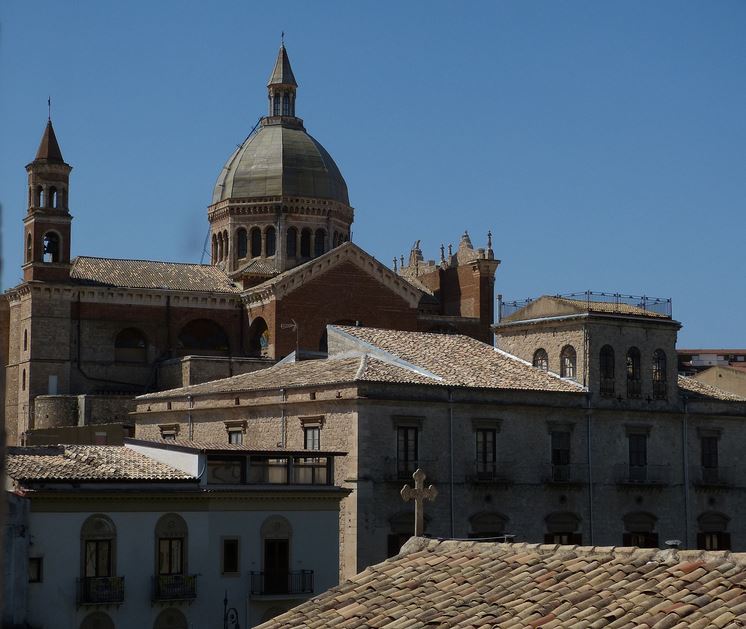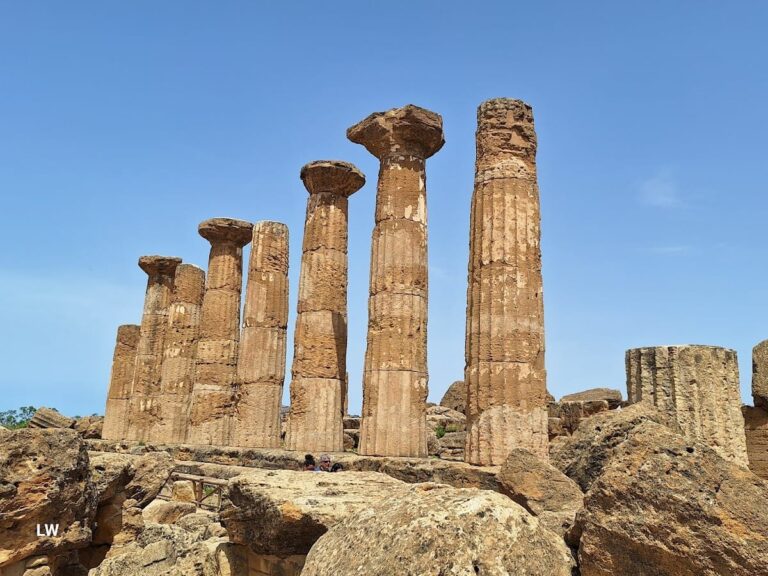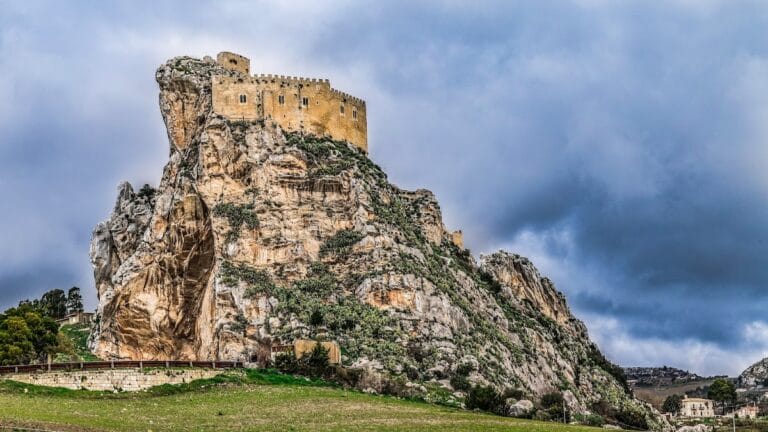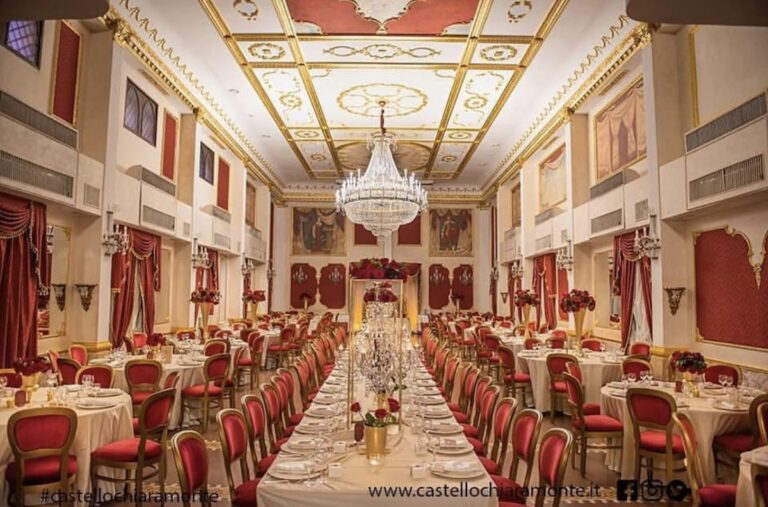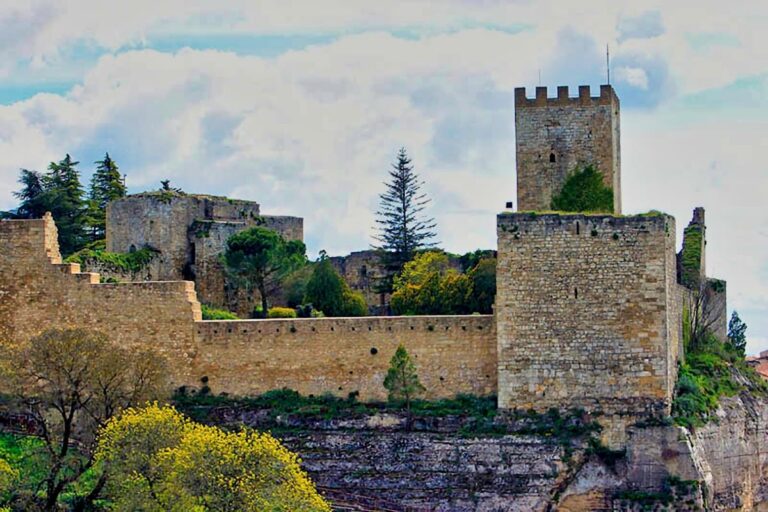Castle of Naro: A Medieval Fortress in Italy
Visitor Information
Google Rating: 4.5
Popularity: Low
Google Maps: View on Google Maps
Official Website: www.comune.naro.ag.it
Country: Italy
Civilization: Unclassified
Remains: Military
History
The Castle of Naro stands in the town of Naro, Italy, and was originally constructed by the local medieval civilization in the 12th century. Its early establishment laid the groundwork for a fortress that would later become a seat of power during the medieval period.
In the 14th century, the castle underwent extensive remodeling under the patronage of the Chiaramonte family, who were among the powerful noble lineages of the time. This remodeling shaped much of the castle’s present-day structure. During this period, the castle gained prominence as a royal residence when King Frederick III of Aragon used it as a base to issue the “21 chapters,” a set of governing laws for the Kingdom of Trinacria. The exact year of these edicts is debated but falls between 1309 and 1324. Later, in 1330, Frederick III further reinforced the castle by commissioning a large square tower on the western side. This tower prominently bears the coat of arms of the Aragonese royal family, signifying its importance.
The castle continued to host significant figures into the late 14th century, including King Martin the Younger and Queen Maria, who stayed there in 1398. Their presence coincided with the construction of the nearby convent and church of the Holy Savior, highlighting the castle’s integration into the religious and civic fabric of the town. From 1401 onward, the castle’s administrative control, known as the castellany, was held by Lopez Leon, signaling a shift in local governance. The late 15th century saw the addition of the main entrance portal on the western side, characterized by its distinctive pointed arch.
In the modern era, the Castle of Naro received official recognition as a national monument in 1912. Its use evolved beyond military and administrative functions to serve cultural purposes, hosting exhibitions such as a display of women’s clothing from the late 19th and early 20th centuries and a 2009 exhibit featuring reproductions of Leonardo da Vinci’s works. The castle also accommodates civil wedding ceremonies, demonstrating its continued role as a gathering place within the community.
Remains
The Castle of Naro is built with an overall nearly rectangular layout covering an enclosed area of approximately 1,460 square meters, with defensive walls forming a perimeter of about 166 meters. Its wall construction alternates between cylindrical and square towers, a design that enhances defense and watch capabilities. Inside these walls lies a large central courtyard that is not located at the exact center of the structure. This courtyard contains a well and serves as a hub from which essential internal spaces such as the garrison’s lodgings, a chapel, and stables can be accessed.
One of the castle’s most notable features is the large square tower added in the early 14th century by King Frederick III. Known as the “Hall of the Prince” or “Hall of the Barons,” the tower’s main chamber is reached via a ramped staircase. This hall is distinguished by its pointed barrel vault—a curved ceiling shaped like a half-cylinder—strengthened by a transverse arch that crosses it. Natural light enters through two Gothic-style bifora windows, which are double-arched windows characteristic of the period. Inside this hall, fragments of frescoes painted by Cecco da Naro remain visible. Cecco was an artist commissioned by the Chiaramonte family, known also for decorating their Palermo residence, Palazzo Steri.
The castle’s main entrance on the western side features a pointed arch portal that stands apart from both the earlier Swabian architectural influences and the Chiaramontan styles found elsewhere in Sicily. This portal dates back to the late 15th century and marks a distinctive phase in the castle’s architectural evolution.
Atop the round towers, a statue of the Madonna stands prominently, intended as a protective symbol watching over the city below. From the upper levels of the square tower, visitors can observe panoramic views extending southward over the city of Naro, the nearby Paradise Valley, and the Sicily Channel. To the west lies the San Giovanni dam, while the northern horizon offers distant views of the Sicilian interior, including the towns of Caltanissetta and Enna on clear days. To the east, the volcanic Mount Etna completes the breathtaking scenery visible from the tower’s summit.





